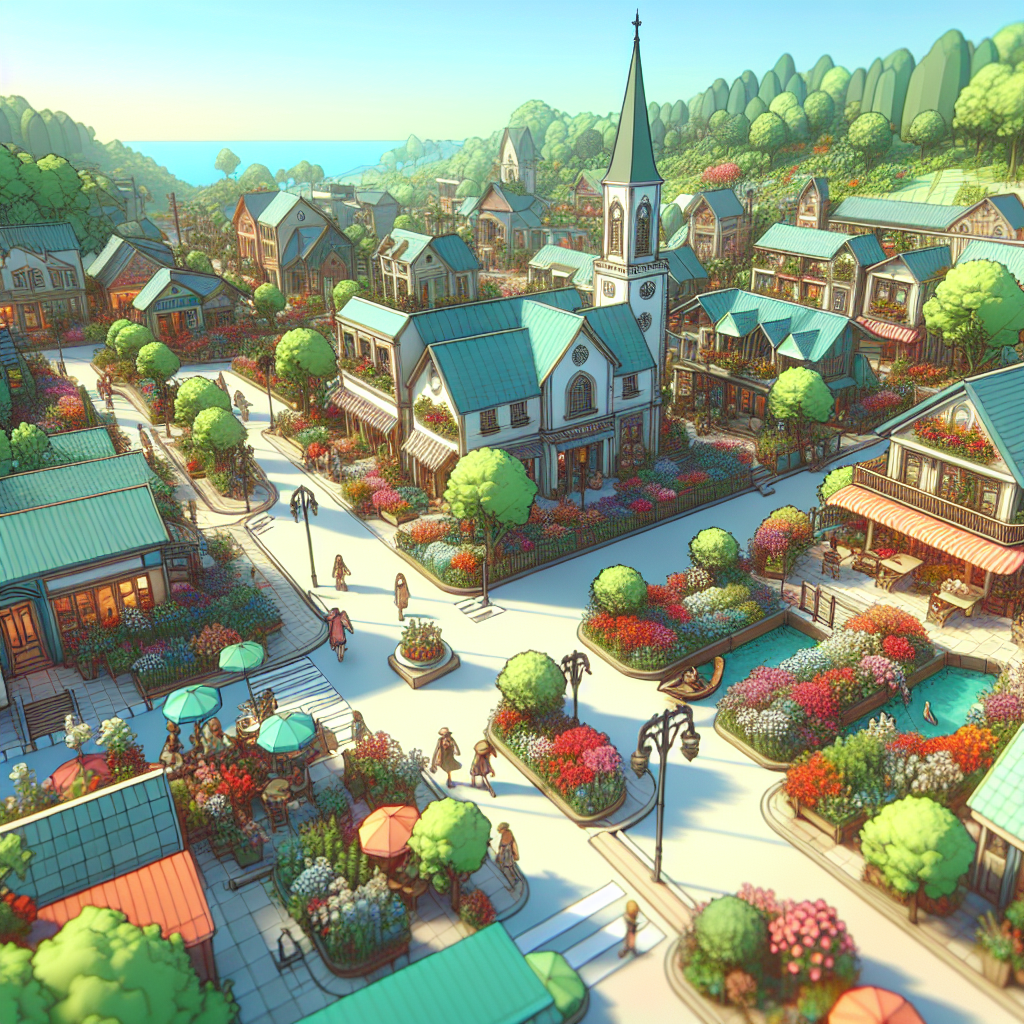The Transformation of Filipstad: A Tale of Urban Renewal
Once a bustling port area, Filipstad in Oslo, Norway, is undergoing a remarkable transformation that has captured the attention of urban planners and environmentalists alike. This redevelopment project, initiated in the early 2000s, aims to convert the industrial waterfront into a vibrant, sustainable urban district. The project is set to be completed by 2030, and it promises to blend residential, commercial, and recreational spaces while prioritizing environmental sustainability. The driving force behind this ambitious plan is the need to accommodate Oslo's growing population and to create a more livable city that aligns with modern ecological standards.
Filipstad's transformation is not just about constructing new buildings; it's about reimagining urban living. The project includes plans for thousands of new homes, office spaces, and public parks. The goal is to create a community where people can live, work, and play without relying heavily on cars. This aligns with Oslo's broader strategy to reduce carbon emissions and promote public transportation, cycling, and walking. The city aims to set an example for other urban areas by demonstrating how to balance growth with environmental responsibility.
However, the redevelopment of Filipstad is not without its challenges and controversies. Critics argue that the project could lead to gentrification, pushing out lower-income residents in favor of wealthier newcomers. This is a common concern in urban renewal projects worldwide, where the benefits of development often come at the cost of displacing existing communities. The city of Oslo has acknowledged these concerns and is working to include affordable housing options in the development plans. They aim to create a diverse and inclusive community that reflects the city's values.
The environmental aspect of the Filipstad project is particularly noteworthy. Oslo has committed to making the area a model of sustainable urban development. This includes using eco-friendly building materials, implementing energy-efficient technologies, and creating green spaces that enhance biodiversity. The city is also exploring innovative solutions like urban farming and green roofs to further reduce the environmental impact. These efforts are part of Oslo's broader commitment to becoming a carbon-neutral city by 2050.
The redevelopment of Filipstad is a testament to Oslo's forward-thinking approach to urban planning. It reflects a growing trend among cities worldwide to prioritize sustainability and livability in their development projects. By transforming an industrial area into a vibrant urban district, Oslo is not only addressing its housing needs but also setting a standard for future urban developments. The project serves as a reminder that cities can grow and evolve while still respecting the environment and the needs of their residents.
As the project progresses, it will be interesting to see how Oslo navigates the challenges of balancing development with social equity and environmental sustainability. The success of Filipstad could inspire other cities to pursue similar initiatives, demonstrating that urban renewal can be both innovative and inclusive. The world will be watching as Oslo continues to transform Filipstad into a beacon of sustainable urban living.

